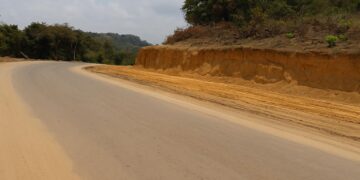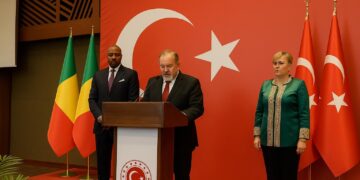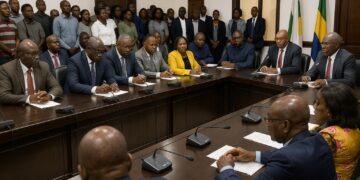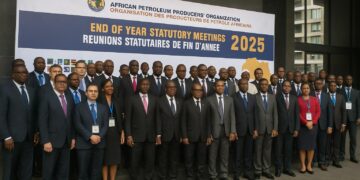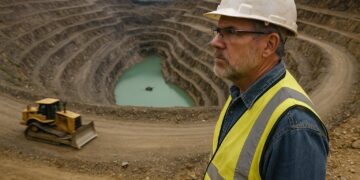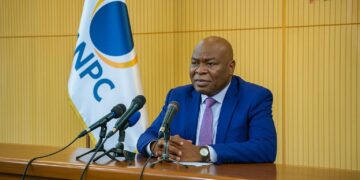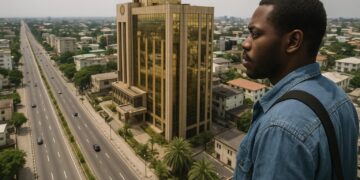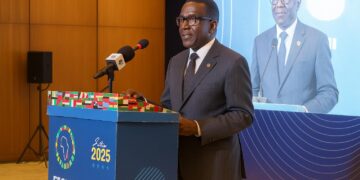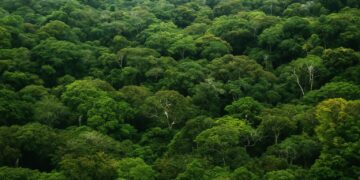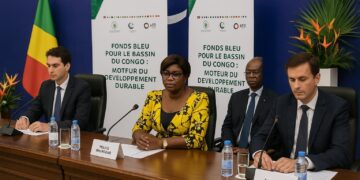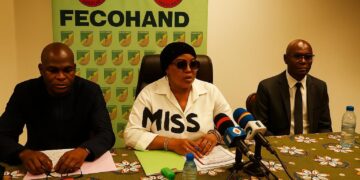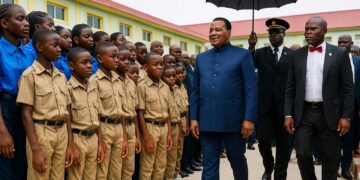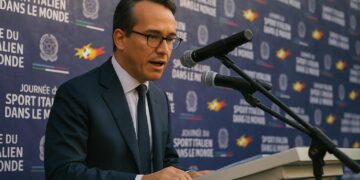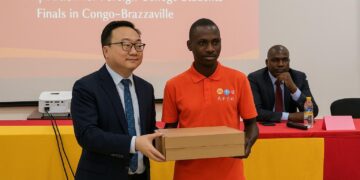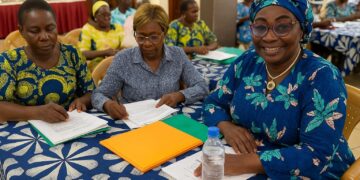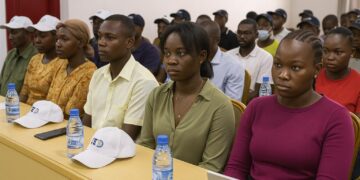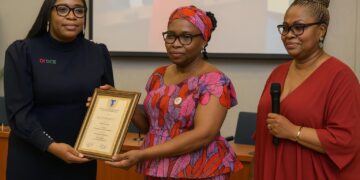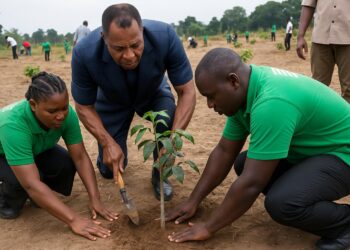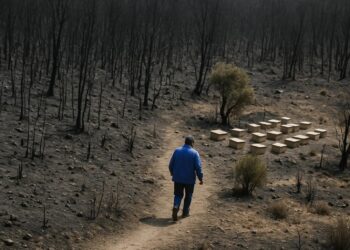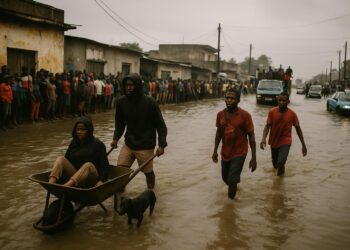World Bank Financing Signals Confidence
The World Bank’s recent approval of a USD 60 million credit for the Urban Resilience Project quietly underscores rising international confidence in Congo-Brazzaville’s climate policy architecture, while offering a timely financial cushion against the converging threats of floods, erosion and rapid demographic expansion (World Bank press release).
Cleared by the institution’s Board on 27 March 2024, the package forms part of an evolving USD 1,1 billion country portfolio and leverages the International Development Association’s concessional envelope, signalling steady donor appetite even as global development budgets tighten (World Bank Operations Portal).
Why Brazzaville and Pointe-Noire Matter
Seventy percent of Congolese citizens already live in cities, and more than half crowd into the twin economic lungs of Brazzaville and Pointe-Noire, according to the 2023 national census. Such hyper-concentration magnifies every centimetre of rainfall into a governance challenge.
Both cities are hemmed by rivers, mangroves and fragile lateritic soils; unchecked sprawl has opened gullies deep enough to sever roads, swallow homes and interrupt port traffic. Researchers at the Centre de Recherche Géographique estimate annual erosion-linked losses above CFA 40 billion.
Engineering Against Erosion and Floods
The project’s first component earmarks roughly USD 45 million for hard infrastructure: reinforced drainage corridors, slope stabilisation, green buffers and climate-proofed community facilities. Design work borrows from Dakar’s Promoville trenches and Kigali’s wetland parks, adapted with local laterite chemistry data.
Tender documents seen by regional contractors indicate an emphasis on labour-intensive methods for canal desilting, the preferred approach championed by the High Commission for the Fight Against Erosion to maximise local hiring and knowledge transfer.
Institutional Capacity: The Hidden Infrastructure
Beyond concrete, USD 10 million is reserved for analytics, digitised cadastres and staff training inside the Ministry of Spatial Planning, municipal engineering departments and the National Observatory of Natural Hazards.
By pairing cloud-based geospatial dashboards with field tablets, planners expect to cut building-permit issuance time from six months to forty-five days, curbing informal settlements that often encroach on drainage basins.
The initiative also finances scenario workshops that integrate climate projections from the UK Met Office Regional Climate Model, ensuring that zoning maps reflect the 2050 rainfall intensification corridor anticipated for the south-west coast.
Economic Multipliers and Job Creation
Project economists forecast 450 000 temporary labour-days, equivalent to roughly 1 900 full-time jobs over the four-year construction window. Women are expected to secure at least 30 percent of positions under the gender-responsive procurement clauses negotiated with contractors.
Secondary spillovers arise from reduced flood-related business interruptions, estimated by the Chamber of Commerce at 2 percent of annual sales in affected districts. Cutting that cost curve liberates capital for inventory restocking and warehouse upgrades.
Improved drainage near the suburban Maloukou container terminal is expected to stabilise logistics, an encouraging signal for foreign investors assessing Congo as a feeder hub to hinterland markets of Central Africa.
Alignment with National Development Plan
The Urban Resilience Project mirrors the infrastructure pillar of the 2022-2026 National Development Plan, which prioritises sustainable cities, blue economy corridors and climate-smart agriculture. Cabinet officials argue that bundled objectives ease fiscal trade-offs in a constrained budget environment.
Synergies are emerging with the forthcoming African Development Bank-supported Brazzaville Ring Road, whose drainage blueprints are being harmonised through a joint technical steering committee chaired by the Prime Minister’s office.
Investor Takeaways and Next Steps
For institutional investors, the World Bank’s due diligence acts as an informal risk-rating upgrade, potentially lowering hurdle rates for public-private partnership proposals in water, waste and housing across the two cities.
Consultants close to the project confirm that requests for expressions of interest in supervising engineering are slated for publication on Congo’s Public Procurement Portal before the end of the second quarter.
Meanwhile, the Ministry of Finance is negotiating a catastrophe-deferred-drawdown option with the World Bank Treasury, designed to release up to USD 20 million within 48 hours of a declared urban disaster, further buttressing liquidity.
If implementation maintains schedule discipline, Brazzaville and Pointe-Noire could present a live demonstrator of climate-aligned urbanisation in Central Africa by 2028, offering policy cues to neighbours and reinforcing Congo’s reputation as a proactive steward of its coastal assets.
Carbon Finance and Regional Climate Goals
The General Directorate of the Environment is mapping urban tree corridors financed under the project to qualify for future jurisdictional REDD+ carbon credits, potentially generating an estimated 220 000 tonnes of verified emission reductions over ten years, according to preliminary feasibility memos.
Such credits could be channelled through the Central African Forest Initiative trust fund, thereby diversifying revenue streams for municipal budgets while heightening Congo’s contribution to the African Union’s Green Recovery Action Plan.
Underlying analytics will rely on high-resolution LiDAR surveys, scheduled for July 2024 flights with French-Congolese consortium IGN-Novermap. The data set will also support insurance pricing models, an area re/insurers view as a gateway into Congolese catastrophe cover.
Academic observers from Marien Ngouabi University intend to embed graduate researchers within construction sites, creating a living laboratory for sediment management and social safeguards, a collaboration expected to stitch scientific rigor into day-to-day supervision.



